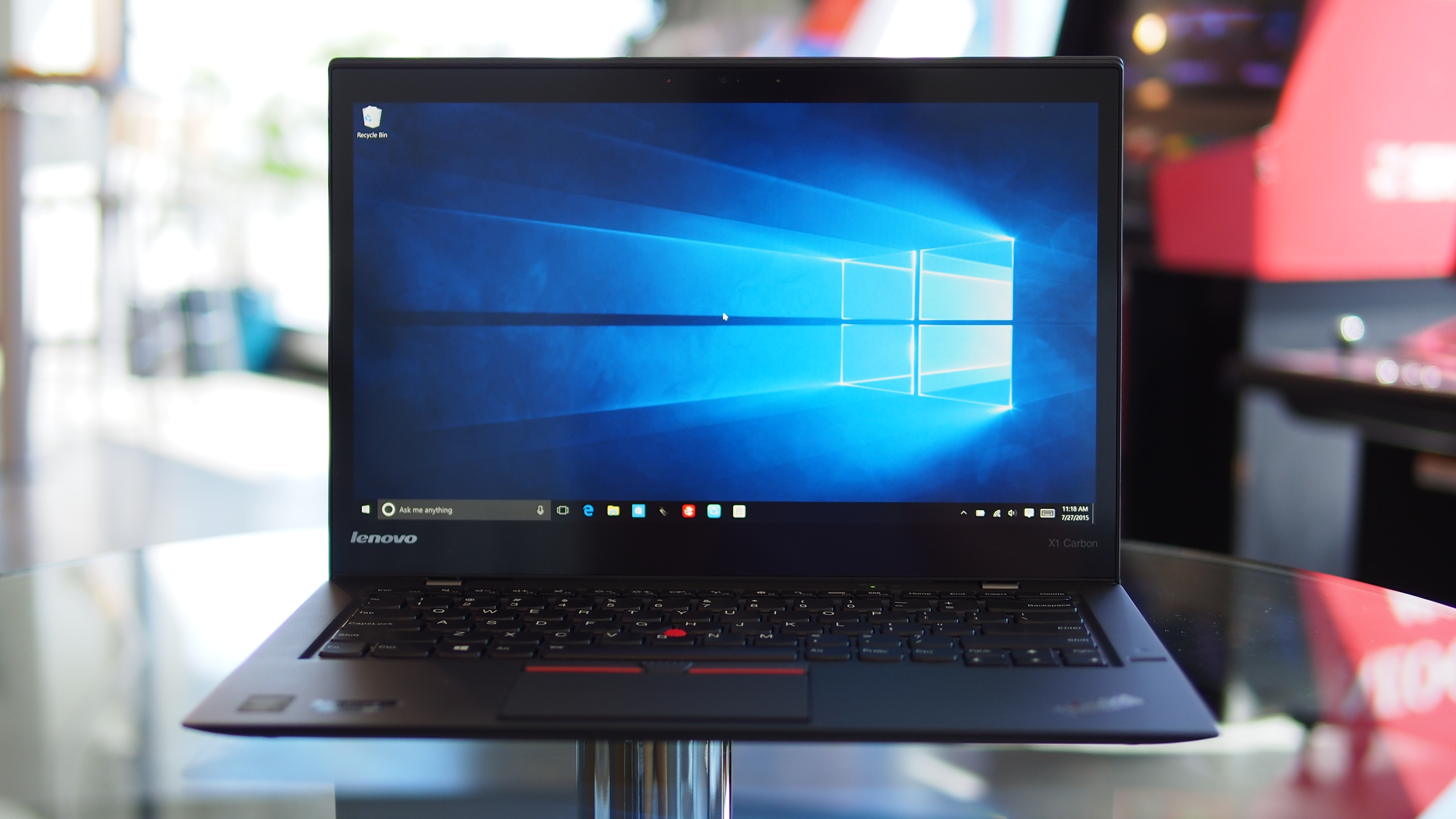Microsoft putting Windows 10 on life support won’t push me to Windows 11
No more feature updates for Windows 10 – just security fixes

Windows 10’s last major update which arrived in 2022 will be the final feature upgrade for the OS, and from now on, it’ll only get security fixes.
Windows 10, version 22H2 will be the final version of Windows 10 released. It will receive monthly security update releases until October 14, 2025.April 27, 2023
In other words, Windows 10 is entering stasis in terms of features – the 22H2 update is your lot until the end of the road, so there won’t be a Windows 10 23H2 (or 24H2 of course).
Microsoft will provide monthly security updates for Windows 10, though – as you’d expect – through until its end-of-support date, which is October 14, 2025, as mentioned in the above tweet with the announcement.
Without security updates, Windows 10 would be open to all sorts of attack vectors as new exploits and vulnerabilities pitched up over time, so it’s not like Microsoft has a choice about offering such fixes. They’re very much compulsory for an OS that is still within its official support timeframe.
Analysis: The big Windows 11 push
In short, this is the bare minimum for Windows 10 – a freeze on new features, and only mandatory work to shore up any security flaws. It’s life support, by any other name, for the next two and a half years.
The move has taken me by surprise, as I was expecting to see a Windows 10 23H2 release. Not that I was anticipating any great changes, but at least some bits and pieces - minor feature additions or UI tweaks, perhaps.
Nothing particularly meaningful – and we didn’t get anything earth-shaking in last year’s 22H2 update, either – but still, this declaration of ‘that’s it’ appears to be a clear signal to folks. A signal that says get upgrading to Windows 11, that’s where it’s all at. That’s where all the features are coming, and you’ll get nothing, nada, zip, on Windows 10, so why stay there?
Get daily insight, inspiration and deals in your inbox
Sign up for breaking news, reviews, opinion, top tech deals, and more.
No thanks, Microsoft. I’m still sticking with Windows 10 for now, with its full suite of desktop customization functionality, some elements of which Windows 11 lacks. (For me, most notably, ‘never combine’, which I'm told is a thorny issue, but come on, just get it sorted already – though in fairness, it’s rumored to be inbound, finally).
At least my main PC is ready for a Windows 11 upgrade, mind. The people who are really left out in the cold with moves like this from Microsoft, wielding the prodding stick to stoke lackluster Windows 11 adoption, are those who are stuck with Windows 10 because their PC doesn’t meet the much more stringent requirements for the newest OS (TPM, the stipulation for more modern CPUs, and so forth).
Is there anything those users can do? Nope, not beyond buying or building a new PC. The new TPM requirements for Windows 11 have locked many users on older hardware out from the new OS, which was a point of frustration for many when it first released and continues to be so today. Microsoft's not budging, so if your system doesn't support Windows 11, it might be time to start looking for an upgrade.
Darren is a freelancer writing news and features for TechRadar (and occasionally T3) across a broad range of computing topics including CPUs, GPUs, various other hardware, VPNs, antivirus and more. He has written about tech for the best part of three decades, and writes books in his spare time (his debut novel - 'I Know What You Did Last Supper' - was published by Hachette UK in 2013).